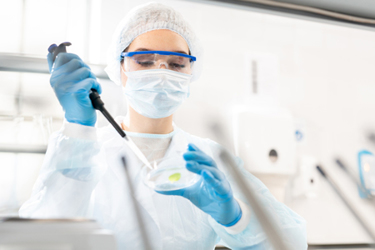Scaling-Up Production Of Pluripotent Stem Cells Part 2: Key Considerations For Successful Scale-Up

This content was created through a collaboration between Cytiva and CCRM, partners in the Centre for Advanced Therapeutic Cell Technologies (CATCT). CATCT aims to industrialize cell and gene therapy manufacturing processes. CATCT is located in Toronto, Canada.
In Part 1 of this series we covered some basic definitions and reviewed critical steps in the scale-up process for pluripotent stem cells (PSCs). In this post, we will take a deeper look at important considerations for process development and optimization of large-scale PSC culture.
Growing Adherent Cells in Suspension
PSCs typically grow in adherent, 2D culture. Since this format is not amenable to scale-up, it is desirable to transfer PSCs to suspension or 3D culture. This process is not trivial, requires considerable technical expertise, and will need to be customized depending on the type of PSC. There are multiple approaches to growing adherent cells in suspension, including encapsulation of PSCs in hydrogel, and growth of PSCs on microcarrier beads or hollow fibres. Each of these approaches has benefits and drawbacks; for instance, using microcarriers introduces an additional processing step to remove the microcarrier beads from the cell culture.
Get unlimited access to:
Enter your credentials below to log in. Not yet a member of Cell & Gene? Subscribe today.
